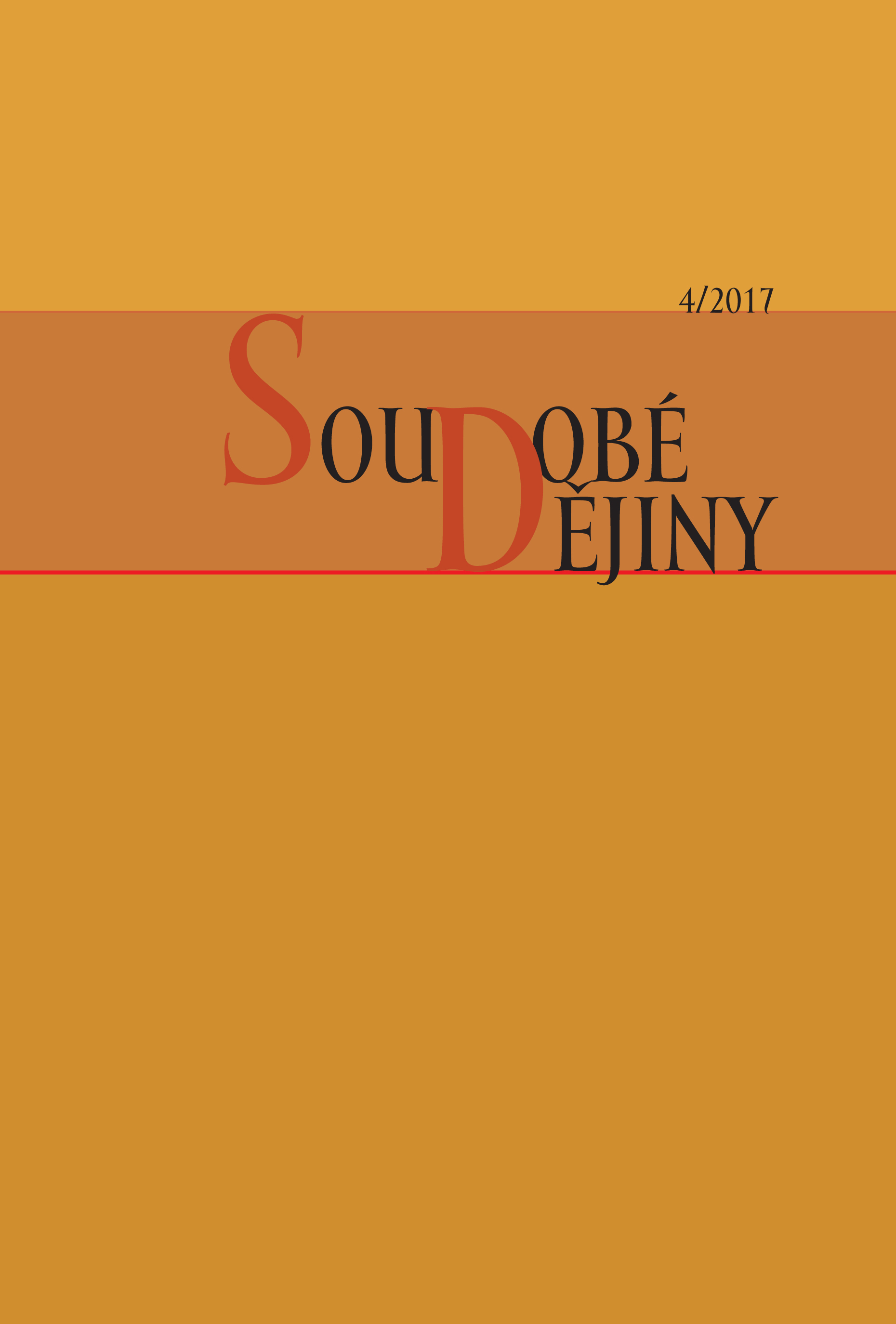Spor o malínský masakr
Contesting the Malyn Massacre
The Legacy of Inter-Ethnic Violence and the Second World War in Eastern Europe
Author(s): Jared McBrideContributor(s): Blanka Medková (Translator)
Subject(s): History, Ethnohistory, Local History / Microhistory, Recent History (1900 till today), WW II and following years (1940 - 1949), Fascism, Nazism and WW II
Published by: AV ČR - Akademie věd České republiky - Ústav pro soudobé dějiny
Keywords: World War II in Ukraine;Inter-Ethnic violence;Malyn massacre;Historical memory
Summary/Abstract: The study was initially published in June 2016 as No. 2405 “Carl Beck Papers in Russian & East European Studies”, published by the Center for Russian & East European Studies, University of Pittsburgh. The text is available online at hhtps:// www.carlbeckpapers.pitt.edu/ojs/index.php/cbp/article/view/203. On the morning of July 13, 1943, a German anti-partisan formation surrounded the small village of Malyn and its Czech and Ukrainian inhabitants. The soldiers gathered the entire village population in the town square and, after a document check, proceeded to lock them inside the town church, school and their homes. The soldiers then set fire to these buildings and shot those trying to escape with machine guns. By the end of the day, Malyn ceased to exist. On the surface, the Malyn Massacre appears as just another ghastly crime committed by a brutal occupying force. Yet, a closer look at archival sources, popular discourse, and scholarly literature on Malyn reveals a much different picture – and a murkier one. The author states there are over fifteen different versions of what happened in Malyn that day. The ethnic identities of the units that accompanied the Germans vary from account to account, as do the details of the crime, the justification for the reprisal, and even the ethnicity of the victims. The study attempts to clarify disparate and mutually contradicting accounts of the events in Malyn by analyzing materials from over ten archives in six countries and four historiographical-linguistic narratives, in addition to field research in Ukraine and the Czech Republic. The author specifies four discursive landscapes about Malyn (Soviet, Ukrainian, Polish, and Czech) and details how and why each of these has come to construct their own version(s) of Malyn in relation to larger grand narratives about the war in the East. This microhistory also underscores how the trauma and legacy of wartime inter-ethnic violence casts a long shadow over the current understanding of the war and highlights the daunting task scholars face writing the history of this region and time period.
Journal: Soudobé Dějiny
- Issue Year: XXIV/2017
- Issue No: 4
- Page Range: 477-537
- Page Count: 61
- Language: Czech

